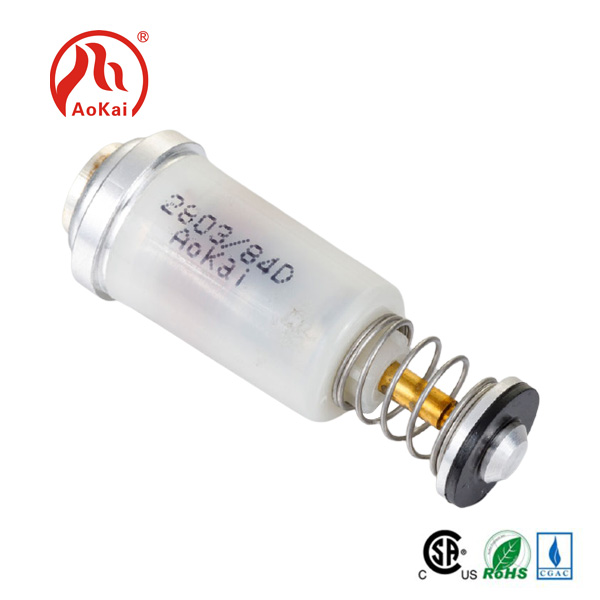Aspects related to gas solenoid safety valves
2024-01-24
A gas solenoid safety valve is a device designed to control the flow of gas in a system, and it includes a solenoid for remote operation and safety features to shut off the gas flow in case of emergencies or abnormal conditions. Here are key features and aspects related to gas solenoid safety valves:
1. Solenoid Operation:
- The solenoid is an electromechanical device that uses an electromagnetic coil to control the valve's opening and closing. It can be operated remotely, allowing for automatic control based on various factors.
2. Emergency Shut-Off:
- One of the primary functions of a gas solenoid safety valve is to provide an emergency shut-off mechanism. This is crucial in situations such as gas leaks or abnormal pressure conditions.
3. Normally Closed (NC) Configuration:
- Gas solenoid valves are often designed in a normally closed state. In the absence of an electrical signal (power failure or emergency), the valve remains closed, preventing gas flow.
4. Power Requirement:
- Gas solenoid valves typically require electrical power to operate. It's essential to ensure a stable power supply or incorporate backup power sources in critical applications.
5. Safety Standards:
- Compliance with safety standards and regulations is crucial. Gas solenoid safety valves are often designed and manufactured to meet industry standards to ensure reliability and safety.
6. Manual Override:
- Some gas solenoid safety valves may include a manual override feature. This allows manual operation of the valve in case of electrical or electronic system failures.
7. Fast Response Time:
- Rapid response to signals is essential in emergency situations. Gas solenoid safety valves are designed for quick opening and closing to minimize potential hazards.
8. Compatibility:
- Ensure that the gas solenoid safety valve is compatible with the type of gas it will control and the specific requirements of the application.
9. Maintenance and Testing:
- Regular maintenance and testing are crucial to ensure the proper functioning of the gas solenoid safety valve. Manufacturers often provide guidelines for inspection and testing procedures.
10. Application-Specific Designs:
- Gas solenoid safety valves may be designed for specific applications, such as industrial processes, heating systems, or gas appliances. Choose a valve that suits the intended use.
11. Certifications:
- Check for certifications from relevant authorities or organizations to confirm the valve's compliance with safety and quality standards.
It's important to consult the manufacturer's specifications and guidelines for the specific gas solenoid safety valve model you are considering, as features can vary based on the intended use and design. Additionally, professional installation and adherence to safety guidelines are essential for the proper functioning of these safety devices.



